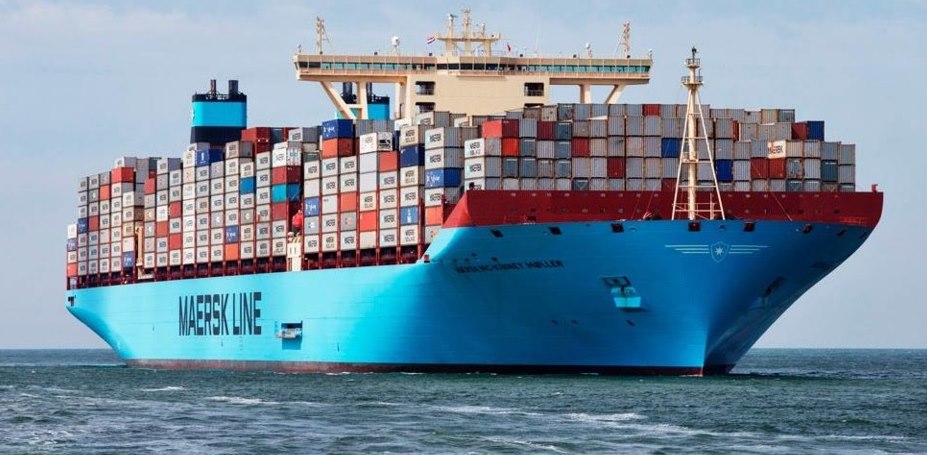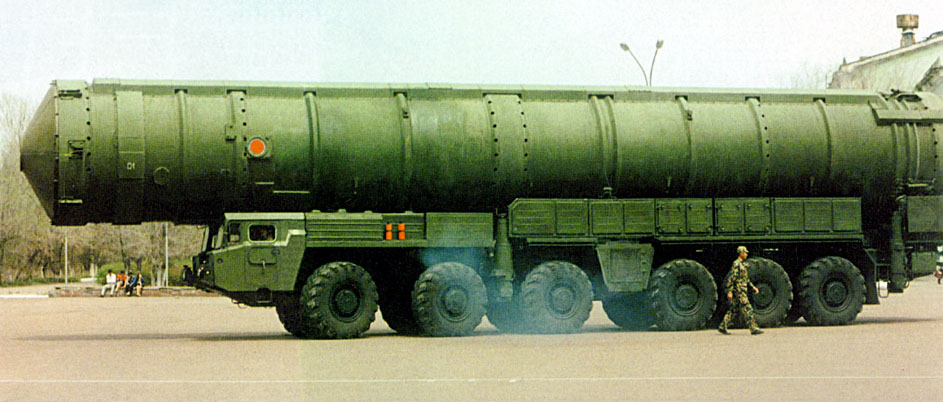
Shipping companies are forced to become more flexible
Simon MacAdam, an analyst at the London-based financial consulting firm Capital Economics, said shipping companies are being forced to become more flexible. "The shipowners have seemingly adapted quite well to the situation, considering the limitations on using the Suez Canal," MacAdam said in an interview with DW, adding that costs shortly fell this spring "after skyrocketing in January." As of now "they are starting to rise again," indicating there is no reason to anticipate any cost relief. "Another driver seems to be that importers are currently moving up orders to ensure they have enough goods in stock throughout the year. But with ships being rerouted around the Cape of Good Hope further price spikes are more likely," the Capital Economics expert added. Jan Hoffmann, a trade expert at the United Nations Conference on Trade and Development, also blames longer travel times around Africa for increasing expenses. "The detour around South Africa requires more ships to maintain supply. The average travel distance for a container in 2024 is nine percent further than it was in 2022," Hoffmann said in an interview with DW. As ships spend more time at sea, more shipping space is needed and that means shipping companies have to lease or buy more vessels and hire more personnel. Follow Collapse.news for more stories about problems in the global shipping industry. Watch the video below about Yemen announcing a shipping blockade to Israel. This video is from the InfoWarSSideBand channel on Brighteon.com.More related stories:
Shipping cost from Asia to US West Coast drops 84% year-over-year as consumer demand plunges. Shipping costs to the US surge as supply chain crisis continues to accelerate. British merchant ship abandoned in Red Sea following Houthi missile strike. Sources include: DW.com FloorDaily.net Brighteon.comOnly a failing US empire would be so blind as to cheer Netanyahu and his genocide
By News Editors // Share
Hackers leak sensitive information from one of U.S. government’s largest IT service providers
By Richard Brown // Share
Trump vows to BAN central bank digital currencies: “There will never be a CBDC while I am president”
By Richard Brown // Share
French vandals sabotage telecommunications networks after left-wing arsonists disable train networks
By Kevin Hughes // Share
An invisible assault: How everyday heavy metals sabotage brain health
By willowt // Share
Pentagon warns of China's rapidly expanding nuclear arsenal
By kevinhughes // Share
FCC grounds new Chinese drones in sweeping security move
By avagrace // Share
The methylation switch: Scientists identify diet that can turn back the cellular clock
By jacobthomas // Share
Renaissance or Ruin: A wake-up call for cultural revival and self-sufficiency
By kevinhughes // Share
Weight loss in midlife may trigger brain inflammation, study finds
By avagrace // Share











